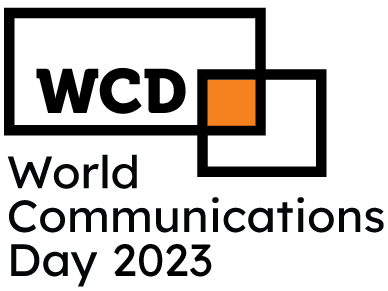The debt ratio measures the weightage of leverage in a company’s capital structure; it is further used for measuring risk. If the debt ratio is high, it shows the company has a higher burden of repaying the principal and interest, which may impact the company’s cash flow. It can create a glitch in financial performance, or the default situation may arise.
It is a substantial consideration for investors and lenders, as they prefer a low debt ratio as they feel that their interests are protected when the business is not performing well. One of the most crucial parameters to assess the health of a particular company is its financial position. The debt-to-total-assets ratio shows how much of a business is owned by creditors (people it has borrowed money from) compared with how much of the company’s assets are owned by shareholders. … The higher a company’s debt-to-total assets ratio, the more it is said to be leveraged. As with all other ratios, the trend of the total-debt-to-total-assets ratio should be evaluated over time.
Debt to Equity Ratio (Definition, Formula, Example, and Analysis)
This compensation may impact how, where and in what order products appear. Learn financial modeling and valuation in Excel the easy way, with step-by-step training. The following figures have been obtained from the balance sheet of the Anand Group of Companies. In a low-interest-rate environment, borrowing can be relatively cheap, prompting companies to take on more debt to finance expansion or other corporate initiatives. It gives stakeholders an idea of the balance between the funds provided by creditors and those provided by shareholders. Adam Hayes, Ph.D., CFA, is a financial writer with 15+ years Wall Street experience as a derivatives trader.
- The company’s top management can use the debt ratio formula to make the company’s top-level decisions related to its capital structure and future funding.
- The debt ratio checks whether a company is dependent on liabilities or equity for running its business.
- Learn financial modeling and valuation in Excel the easy way, with step-by-step training.
- The underlying principle generally assumes that some leverage is good, but that too much places an organization at risk.
Trade payables are the purchases that the company ABC made on credit and are repayable within a 12 month financial year. Bank overdraft is however the limit allowed by bank over the balance in the bank account. It means that if the company’s bank balance reaches zero there is a certain limit allowed by the bank that the company can still make transactions.
Benefits of Calculating the Debt Ratio
It’s great to compare debt ratios across companies; however, capital intensity and debt needs vary widely across sectors. The financial health of a firm may not be accurately represented by comparing debt ratios across industries. Bear in mind how certain industries may necessitate higher debt ratios due to the initial investment needed. So if a company has total assets of $100 million and total debt of $30 million, its debt ratio is 0.3 or 30%.
Total Debt
The debt ratio checks whether a company is dependent on liabilities or equity for running its business. This debt ratio is crucial for all stakeholders and holds relevance in finding out the current debt/asset situation of an organization. If a company’s debt ratio is 1, it absorption costing explained with pros and cons and example means that the company’s total debt is equal to its total assets. Or you could say that if a company wants to repay its debt, it has to sell all its assets. If a company has to pay its debt, it has to sell all its assets, in which case the company can no longer operate.
Determine your total assets in the business sense
A company with a high debt ratio relative to its peers would probably find it expensive to borrow and could find itself in a crunch if circumstances change. Conversely, a debt level of 40% may be easily manageable for a company in a sector such as utilities, where cash flows are stable and higher debt ratios are the norm. The net debt calculation also requires figuring out a company’s total cash. Unlike the debt figure, the total cash includes cash and highly liquid assets. Cash and cash equivalents would include items such as checking and savings account balances, stocks, and some marketable securities. A negative net debt means a company has little debt and more cash, while a company with a positive net debt means it has more debt on its balance sheet than liquid assets.
What is Debt Ratio?
If the owners of Assets are a company, these assets are stated in the balance sheet for the accounting records. A high debt ratio indicates that a company has a significant amount of debt relative to its assets, which may increase the risk of insolvency during an economic downturn or other adverse events. The debt ratio is also very important for the banker to assess the financial situation for the purpose of secure their loan principle from being unable to pay. This ratio help shareholders, investors, and management to assess the financial leverages of the entity.
Do you own a business?
Debt Ratio provides the investors with an idea about an entity’s financial leverages; however, to study detail, the analysis should break down into long term and short term debt. A low debt ratio does not always good and a high debt ratio does not always bad. The debt ratio is an important way to identify the financial stability and health of a business.
